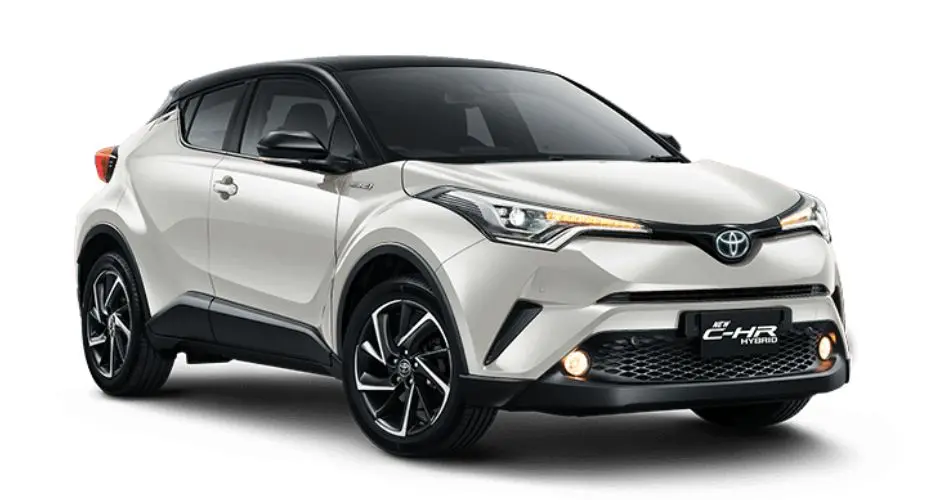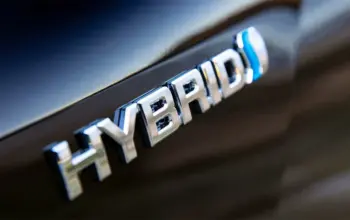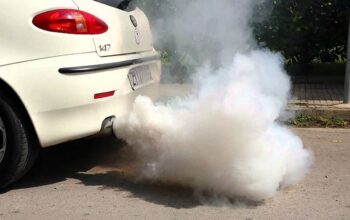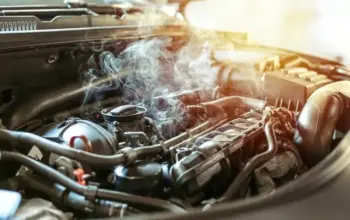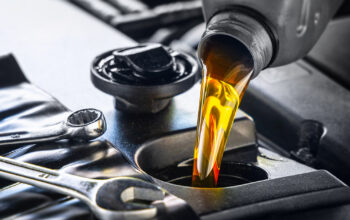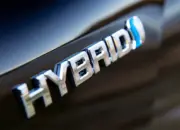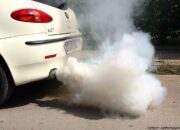Uzone.id – As the long dry season approaches, Toyota hybrid owners might face a few unique challenges. Unlike regular cars, hybrids come with a combination of complex systems that can be particularly sensitive to extreme weather conditions.
High temperatures and dry air can strain certain parts of your car, impacting everything from battery performance to air quality inside the cabin. Knowing what to watch out for during these dry months can help you avoid costly repairs, keep your hybrid running at its best, and ensure a smooth, comfortable drive all season long.
Source of problems in the dry season
In basic terms, Toyota hybrid cars and internal combustion cars (ICE) are not much different. It’s just that the Hybrid EV adds the Toyota Hybrid System (THS) with important components to distribute power to the electric motor.
The car has to work extra hard because of several problems that can damage the vehicle. The most important thing is hot and dry temperatures which make car components work hard. Next is dust which can infiltrate important elements, including THS.
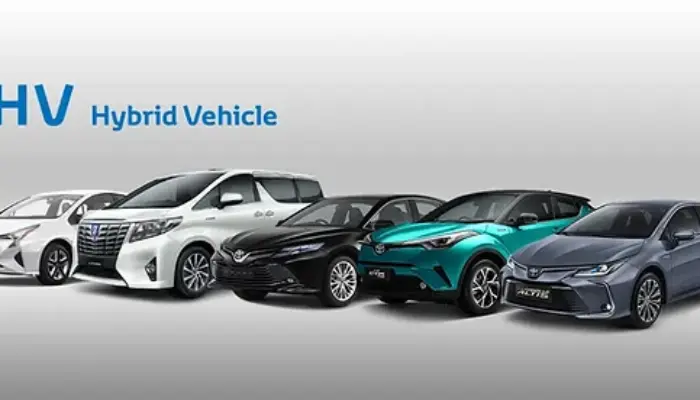
Don’t forget to replace the engine oil
While operating a Hybrid and Non-Hybrid vehicle, both make use of a gasoline engine and hence need engine oil. In any case, you are obliged to change engine oil quite often because it plays a very significant role.
Its role is mainly as a lubricant between contacting surfaces of the engine that require relative movement to function to minimize the chances of wear of the engine. It is also used in cooling the engine from heat resulting from friction between some of the engine parts.
The heat absorbed will be transmitted by the lubricant to the walls of the engine block to be released outside. When engine oil performance decreases due to high temperatures, its ability to release heat will also decrease.
As a result, engine performance will become increasingly difficult because the ideal working temperature is difficult to achieve. If ignored, it will gradually damage the components in the machine. Make sure the quality of the engine and transmission oil is maintained by changing it regularly at an authorized Toyota repair shop.
Engine radiator plays an important role
Radiator fluid circulates through the engine block to release heat. There are various working components, such as the radiator housing, radiator hoses and pipes, cooling fan, radiator cap, thermostat, spare tube, hoses and connections, and radiator coolant.
The radiator works to ensure the engine works at the ideal temperature so that it is not too cold (over cool) or too hot (overheated). Working temperatures that are too cold will make the engine wasteful and less powerful, while overheating can damage engine components and even break down.
Make sure the radiator coolant doesn’t run out by checking it regularly. Also, make sure the radiator fluid can circulate properly to release engine heat. Don’t let some leaks or blockages could damage it and trigger overheating in the summer.
Dust is the next source of problems
Dust becomes a latent danger in the long summer. Due to the lack of rain, dust can appear in various places, including on roads and houses. Fine dust can unknowingly enter the engine room, under the car, and even into the cabin.
Dust infiltrates and interferes with mechanical components, such as entering the shock absorber tube and steering component connections, or disrupting the work of sensors that are in the open.
Vehicle fluids are quite safe from dust because the system is closed. However, when the channel leaks, such as if there is a seal or the filling cap is damaged, dust will enter and damage the chemical formula of the car fluid. When it enters the radiator system, dust will block the flow of engine coolant.
Toyota hybrid engines also have oil filters and gasoline filters. With the risk of dust infiltrating, the lifespan of the two dirt filters can decrease drastically. The solution is to replace both during regular servicing.
Even though there is protection, Toyota hybrid cars have batteries, ECUs, and electric motors that must still be protected from dust attacks. Like the Kijang Innova Zenix Hybrid battery which has air conditioning grilles into the car cabin.
Make sure the air grill is not closed so that airflow can enter and cool the battery in hot weather. In the air intake duct, there is also a filter so that dirt cannot escape. Make sure the filter is working optimally by replacing it regularly at an authorized Toyota repair shop.
Dust Triggers Respiratory Tract Diseases
Dust makes the car body dirty so it must be cleaned regularly. Including dust that enters the car cabin which can trigger respiratory tract diseases. Therefore, you must regularly clean the cabin and not leave the windows and doors open too often.
AC work can be disrupted.
The car’s AC system must work well so that the cabin temperature is always cool. You can check the condition of the cabin filter so that the evaporator doesn’t get dirty easily and fails to keep the cabin cool. Replace it during regular servicing so that dirt doesn’t circulate inside the car.
This includes cleaning the condenser in front of the engine room from dirt that inhibits the release of freon heat. Otherwise, leave the task of AC maintenance to an official Toyota repair shop because you need tools that suit the needs of a Toyota hybrid car.
Perform regular servicing every 6 months or 10,000 km. The potential for component damage due to dust and hot temperatures will be identified, and preventive and repair steps will be taken immediately so that hybrid cars remain safe and comfortable in the middle of summer.

